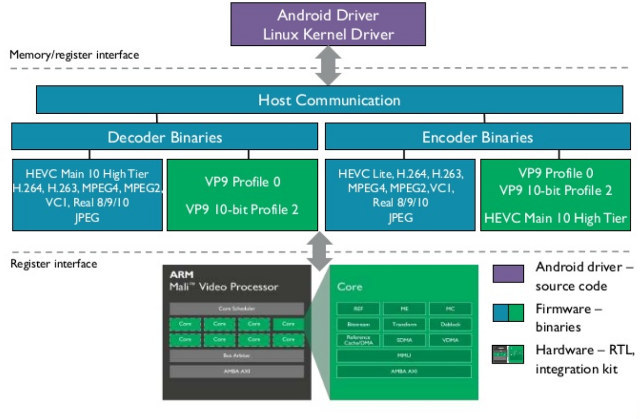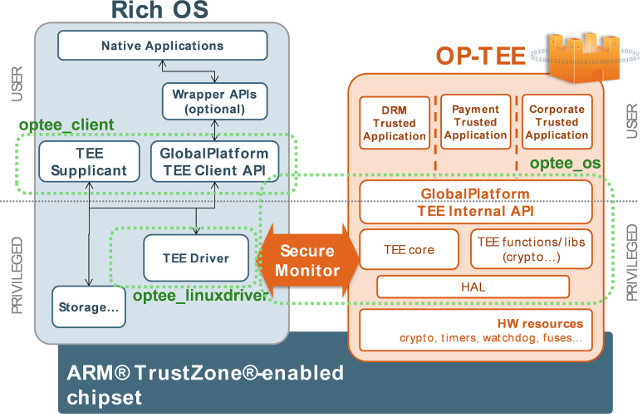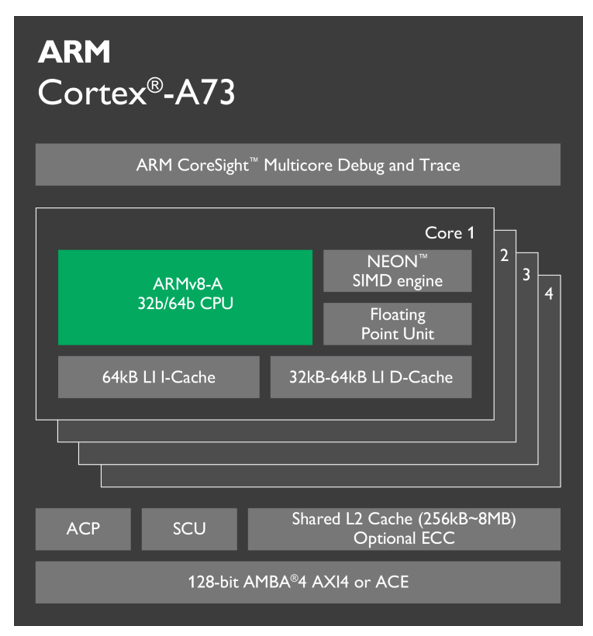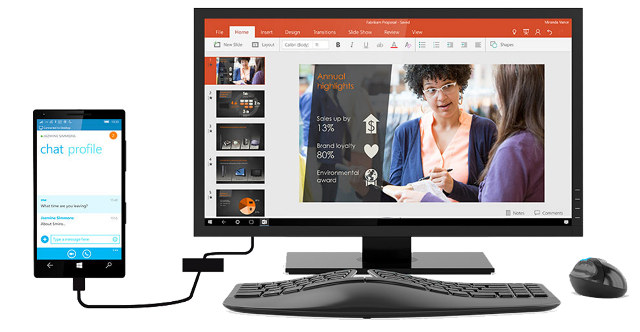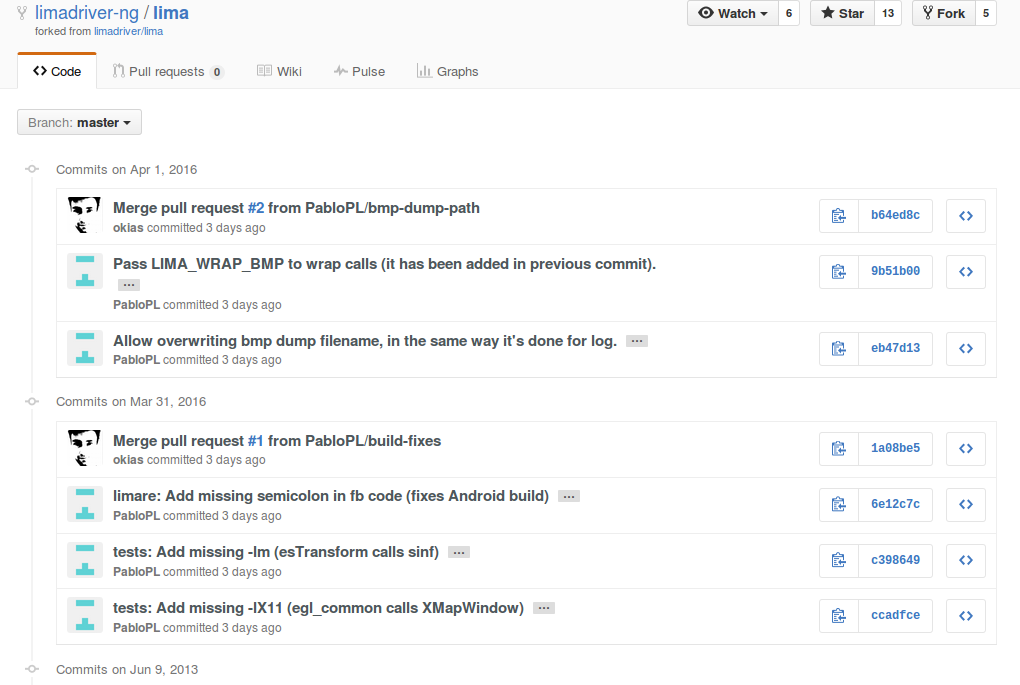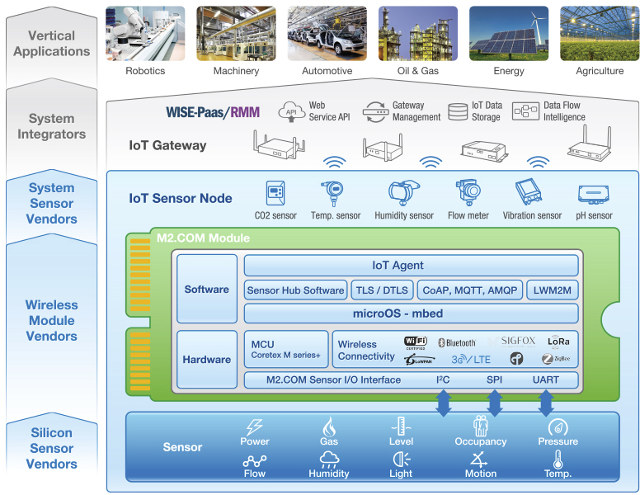There’s been some news recently about Sunway TaihuLight supercomputer which nows top the list of the 500 fastest super computers with 93 PFLOPS achieved with Linpack, and is comprised of 40,960 Sunway SW26010 260 core “ShenWei” processors designed in China. But another interesting development is that ARMv8 are also slowly coming to supercomputers, starting with TianHe-2 super computer which is currently using Intel Xeon & Xeon Phi processors and second in the list, but according to a report on Vrworld, the US government decided to block US companies’ sales (i.e. Intel and AMD) to China as they were not at the top anymore, and also blocked Chinese investments into Intel and AMD, so the Chinese government decided to do it on their own, and are currently adding Phytium Mars 64-core 64-bit ARM processors to expand TianHe-2 processing power. Once the upgrade is complete Tianhe-2 should have 32,000 Xeons (as currently), […]
ARM Announces Mali Egil Video Processor with VP9 Decode, VP9 & HEVC Encode, and 4K @ 120 Hz Support
ARM has recently introduced Mali “Egil” video processor with support for VP9 Profile 0 (8-bit) and 10-bit Profile 2decoding, as well as VP9 8-/10-bit, and HEVC Main 10 encoding, on top of the currently supported codecs in Mali V550 VPU unveiled in 2014. The new VPU can also support displays ranging from 1080p60 up to 4K @ 120 Hz depending on the number of cores chosen in the VPU, clocked at 800 Mhz, and manufacturing using 16 nm FinFET technology. Mali Egil also brings some other improvements such as a redesign of the motion estimation engine, and finer granularity. From a user’s perspective, that means that 4K YouTube videos should be available in premium mobile devices soon, as well as higher quality video conference thanks to H.265 encode and decode. You can find some more information in the “Introduction to the Mali Egil Video Processor” presentation slides. Jean-Luc Aufranc (CNXSoft)Jean-Luc […]
Upcoming ARM TrustZone Webinars Explaining Embedded Systems / IoT Security to Non-security Experts
Most people understand that securing the IoT is important, but security is a highly a complex subject, and as seen with the many security breaches, even specialists – who in theory should now better – get their devices or online accounts hacked. So even if you are not a security expert, but are involved in the development of embedded systems, it’s important to get acquainted with online and offline security and understand how all this all work, at least from a high level perspective, without necessarily having to dig into the technical details. ARM is organizing two webinars catering to people who are not security experts, and explaining how they can secure embedded systems using the company’s TrustZone technology. The first webinar entitled “How to build trust and security into your embedded device” will allow participant to gain an understanding of the security that will need to be applied in […]
Raspberry Pi 3 To Get ARM TrustZone Support with Linaro OP-TEE Port
If you ever wanted to experiment with ARM Trustzone, and IoT security, you’ll soon be able to do so with the Raspberry Pi 3 board thanks to a port of Linaro OP-TEE (Open Portable Trusted Environment Execution) by Sequitur Labs. Broadcom BCM2737 SoC found in Raspberry Pi 3 board already had TrustZone hardware for isolation and protection for sensitive material such as cryptographic keys, algorithms and data, but the upcoming software release will mean the feature can now be used, and it’s free for trial/evaluation, and education. Trustzone is also used for DRM (digital rights management), but in the case of Raspberry Pi 3 it will most likely used to teach how to secure the Internet of Things (IoT). The release is scheduled for July 11, with source code and documentation to be available in OP-TEE github account. All you’ll need to get started is a Raspberry Pi 3 board, […]
ARM announces “premium IP” for VR and AR with Cortex-A73 Processor and Mali-G71 GPU
Today ARM has revealed the first details of its latest mobile processor and GPU, both said to be optimized for VR (Virtual Reality) and AR (Augmented Reality) applications. Starting with the ARM Cortex-A73, we’re looking at an evolution of the current Cortex-A72 with ARM claiming 30 percent “sustained” performance over the Cortex-A72 and over twice the performance over the Cortex-A57. ARM is already talking about clock speeds of up to 2.8GHz in mobile devices. Other improvements include an increase up to 64k L1 instruction and data cache, up from 48 and 32k respectively for the Cortex-A72, as well as up to 8MB of L2 cache. The Cortex-A73 continues to support ARM’s big.LITTLE CPU design in combination with the Cortex-A53 or the Cortex-A35. It’s also the first ARM core to have been designed to be built using 10nm FinFET technology and it should be an extremely small CPU at around 0.65 […]
Moly PcPhone Runs Windows 10 Continuum on Qualcomm Snapdragon 617 Processor, Costs Less than $400
Mobile and PC convergence is slowly happening both on Ubuntu with devices like BQ Aquaris M10 Ubuntu Edition tablet, and various Windows 10 Continuum smartphones. The most affordable offering is likely to come from mainland China vendors, such as Moly PcPhone 6″ smartphone based on Qualcomm 617 octa-core Cortex A53 processor with 3GB RAM, and running Windows 10 Continuum. Moly PcPhone specifications: SoC – Qualcomm Snapdragon 617 Octa core Coretex A53 processor @ 1.5 GHz with Adreno 405 GPU System Memory – 3 GB RAM Storage – 32 GB flash + micreo SD slot up to 200 GB Display – 6″ Full HD (1920×1080) LTPS display; Gorilla Glass 3 Cellular Connectivity Dual SIM Dual Standby, Adaptive SIM Slot 2G GSM: Band 2/3/5/8 3G WCDMA: Band 1/6/8/9/19 4G FDD-LTE: Band 1/2/3/4/7/8/9/19/26/28B 4G TDD-LTE: Band 38/40/41 Wireless Connectivity – Wi-Fi: 802.11 a/b/g/n/ac, Bluetooth 4.0, and NFC Camera – 13MP auto-focus rear camera […]
Open Source Mali-200 / Mali-400 GPU Lima Driver Gets New Commits
The Lima driver, a project aimed at providing an open source driver for ARM Mali-400 and Mali-200 GPUs, was introduced 4 years ago, and after some reverse engineering work, a Quake 3 demo was showcase later in 2013 with an intermediate version of the Lima drivers. However, the main developer (libv) eventually lost interest or lacked time to further work, and the latest commit was made in June 9, 2013. But another developer (oklas) committed some code to limadriver-ng just a few days ago. But don’t get too excited, as the modifications are minor with some build fixes, some other Makefile modifications, and only one C file modified with 6 new lines of code. But maybe that’s just the beginning… We’ll see. Mali-400 GPU is now rather old, so why would somebody work on this? One explanation could be C.H.I.P and Pine A64 boards are both based on Allwinner SoCs […]
M2.COM is a Standard for IoT Sensors Based on M.2 Form Factor
The IoT ecosystem really feels like a jungle now, not because of a lack of standards, but because everybody thinks about doing their own, so we’ve ended up with a wide range of communication protocols, initiatives, and consortia, and it will take some time until the winners and losers are sorted out. One the of the latest standard is M2.COM platform form factor for sensors that “adopts the standardized M.2 form factor and is defined as an evolutionary module that combines general wireless connectivity with additional built-in computing ability powered by MCU”. M2.COM architecture diagram above describes both software and hardware requirements, but the specifications themselves only define the form factor, as well as mechanical and electrical characteristics: Consistent with M.2 standard Module size: 22 mm x 30 mm PCB thickness: 0.8 mm ± 10% Pin count: 75 pins Module input voltage: 3.3V DC-in Connector mating force: 30N Maximum Connector […]



